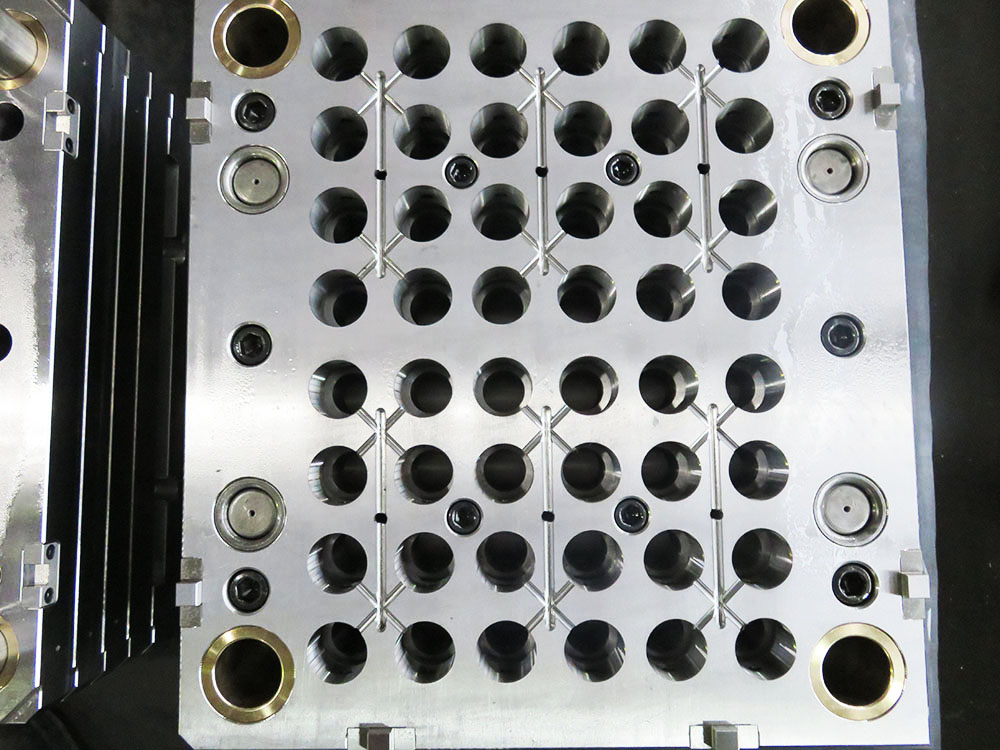How to Read an Injection Mold Frame Dimension Chart
An injection mold frame dimension chart is a crucial tool used in the mold base industry to convey vital information about the dimensions and specifications of a mold base. Understanding how to read and interpret this chart correctly is essential for anyone involved in mold design and manufacturing. In this article, we will provide a comprehensive guide on how to read an injection mold frame dimension chart.
1. Title and General Information
The chart typically starts with a title that indicates the specific mold base model or type, followed by general information such as the manufacturer's name, part number, and date of publication. The reader should pay attention to these details to ensure they have the correct version of the chart.
2. Dimensions and Tolerances
Next, the chart will present a series of tables or diagrams that detail the dimensions and tolerances of the various components of the mold base. These dimensions are crucial for ensuring proper fit and functionality of the mold. The dimensions are typically shown in millimeters (mm) and may include tolerances to indicate acceptable variations in size.
3. Part Identification
The chart will also provide labels or codes to identify each individual component of the mold base, such as the A plate, B plate, cavity plate, ejector plate, and various inserts. These labels facilitate communication and help users identify the correct components during mold assembly or maintenance.
4. Structural Information
In addition to dimensions, the chart may contain structural information about the mold base components. This information might include details about the material used, hardness, surface finish, and any additional treatments applied to enhance the durability or performance of the mold.
5. Bill of Materials
A comprehensive mold base dimension chart often includes a bill of materials (BOM) section, listing all the required components and their corresponding part numbers. This section is particularly useful when ordering or sourcing components for a specific mold base model.
6. Special Features and Options
Some mold base dimension charts may include a section that highlights any special features or options available for the particular mold base model. This could include details about interchangeable components, additional cooling channels, or specific mounting arrangements.
7. Revision History
It is crucial to check the revision history section of the chart to ensure you have the most up-to-date version. Mold base manufacturers often update their designs and dimensions, and using an outdated chart could lead to compatibility issues and errors.
Conclusion
Reading an injection mold frame dimension chart is an essential skill for professionals in the mold base industry. By understanding the layout and information presented in the chart, individuals can accurately interpret the dimensions, identify the correct components, and ensure the proper assembly and functionality of mold bases. With this guide, you should now have a better understanding of how to read and interpret an injection mold frame dimension chart.




